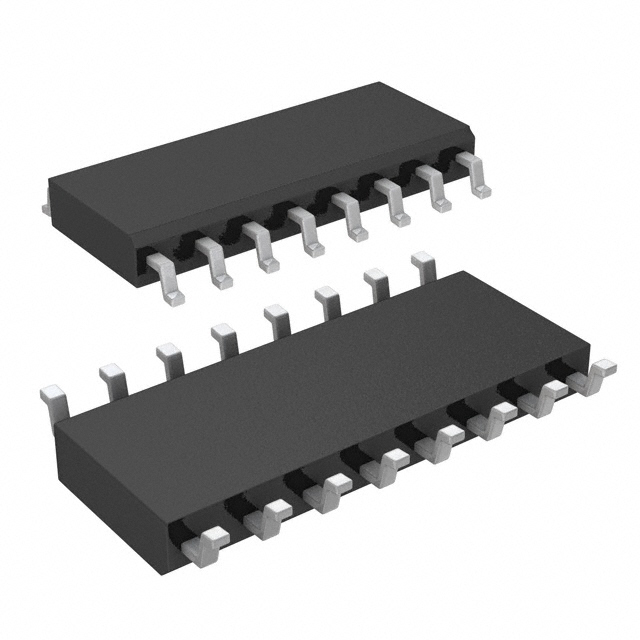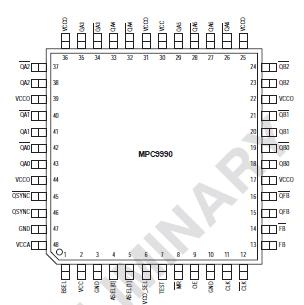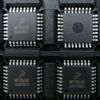MPC9990: PinoutSpecifications Symbol Characteristics Min Max Unit Condition VCCA Analog power supply 0.5 3.6 V VCC Core power supply 0.5 3.6 V VCCO Output power supply 0.5 3...
floor Price/Ceiling Price
- Part Number:
- MPC9990
- Supply Ability:
- 5000
Price Break
- Qty
- 1~5000
- Unit Price
- Negotiable
- Processing time
- 15 Days
SeekIC Buyer Protection PLUS - newly updated for 2013!
- Escrow Protection.
- Guaranteed refunds.
- Secure payments.
- Learn more >>
Month Sales
268 Transactions
Payment Methods
All payment methods are secure and covered by SeekIC Buyer Protection PLUS.

 MPC9990 Data Sheet
MPC9990 Data Sheet









